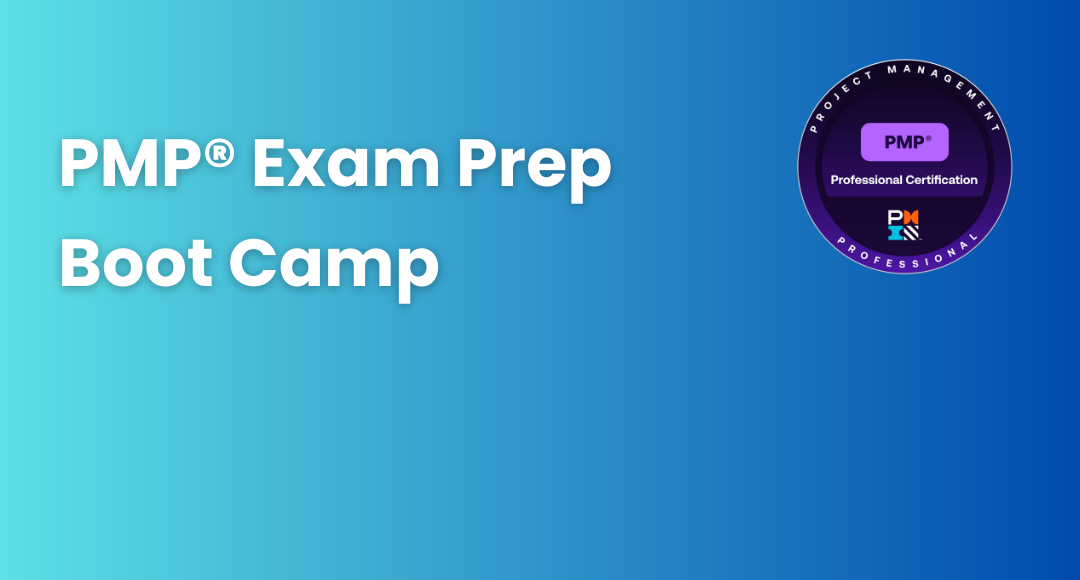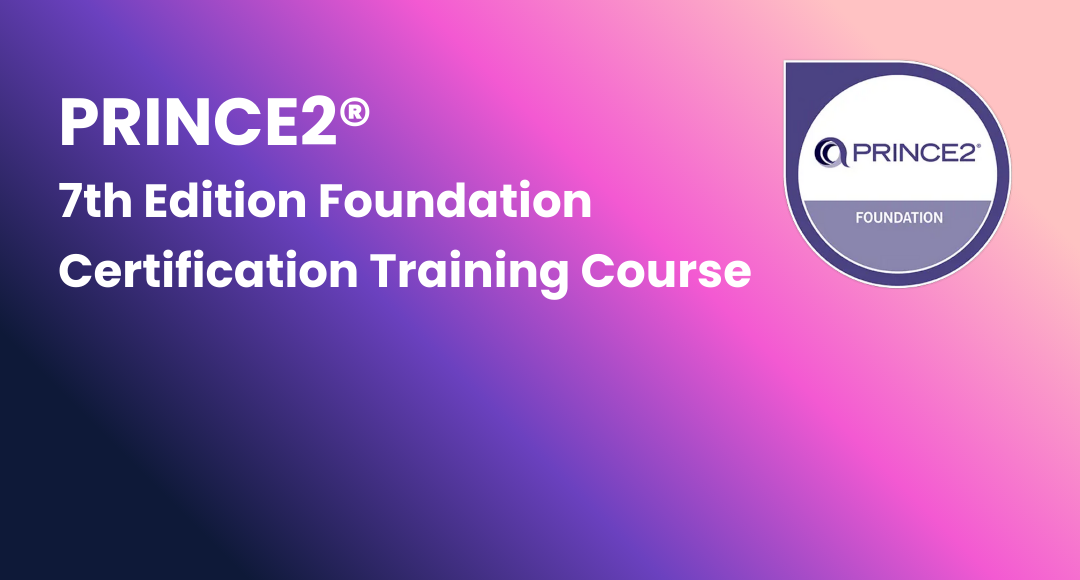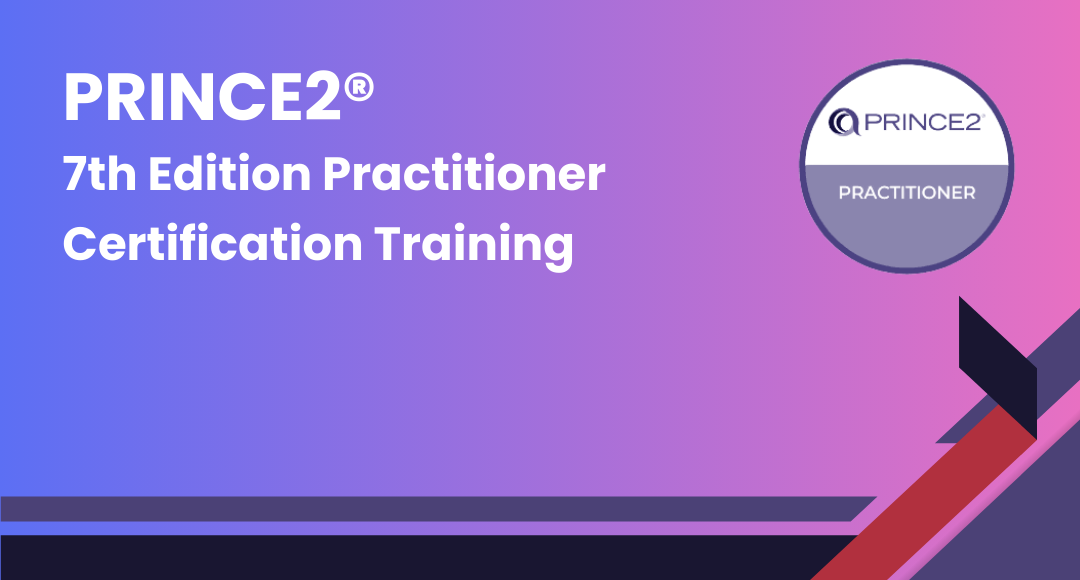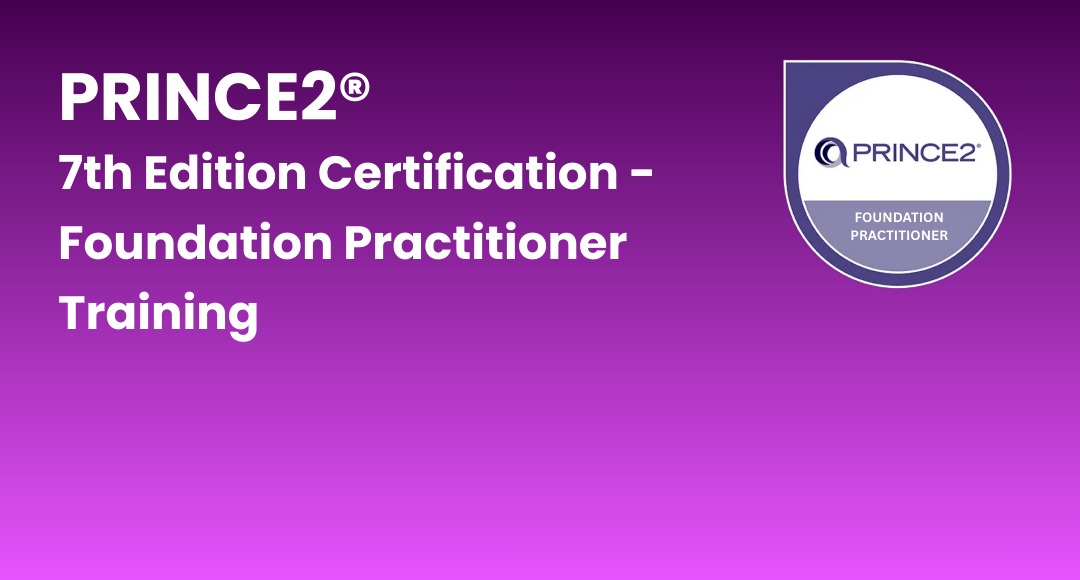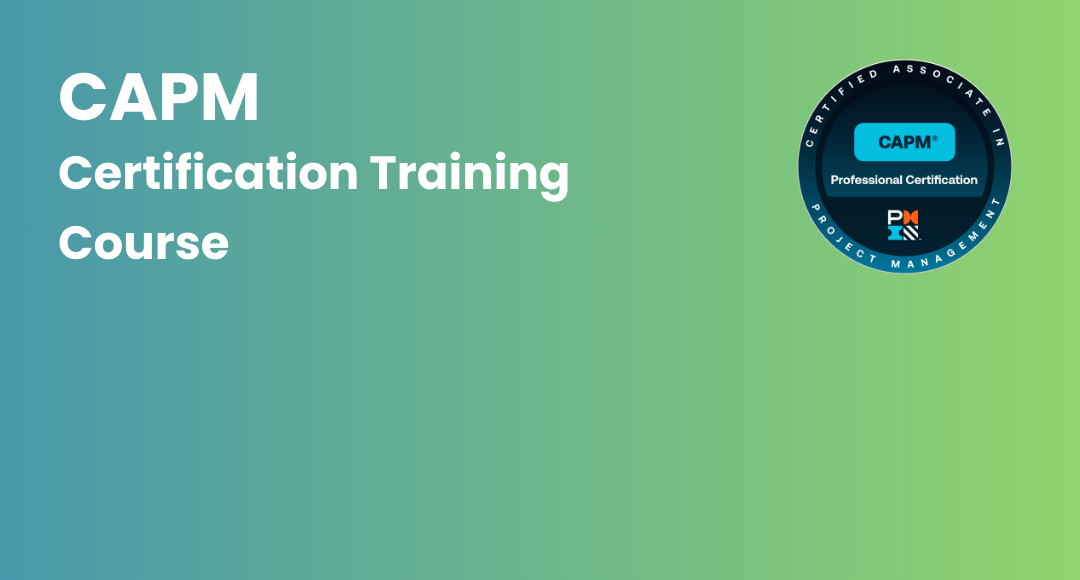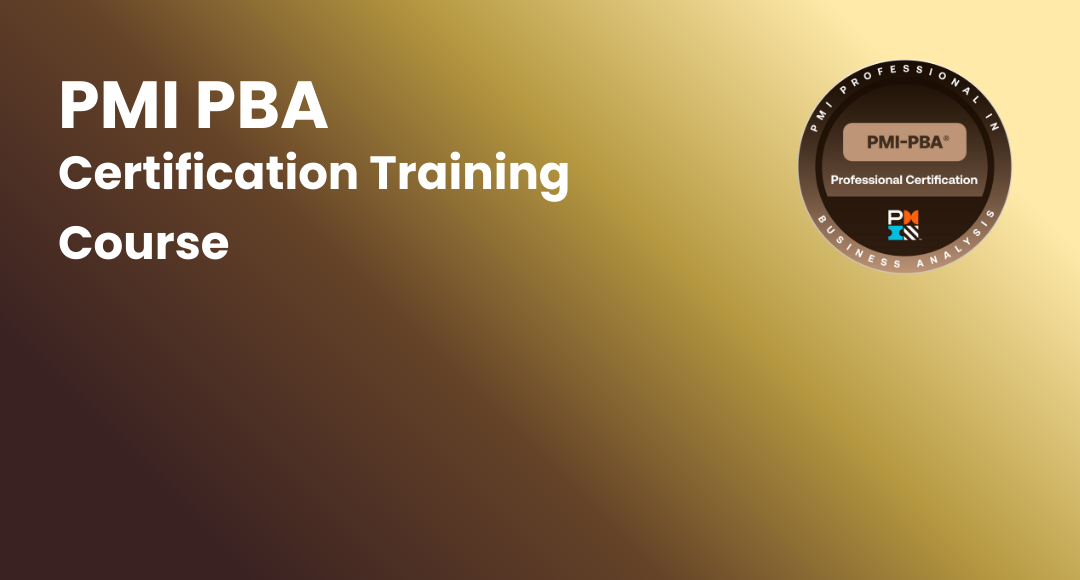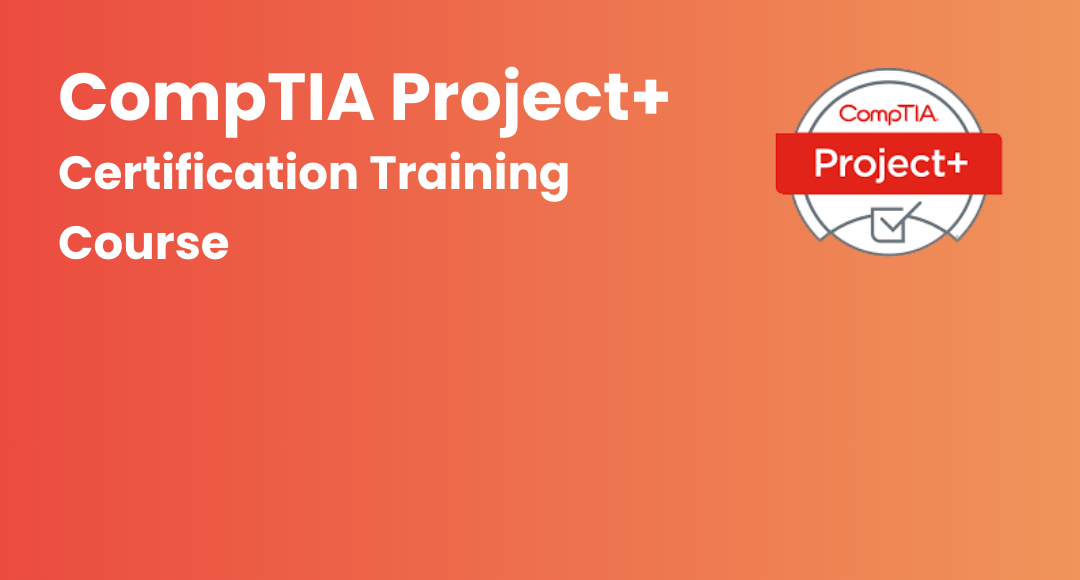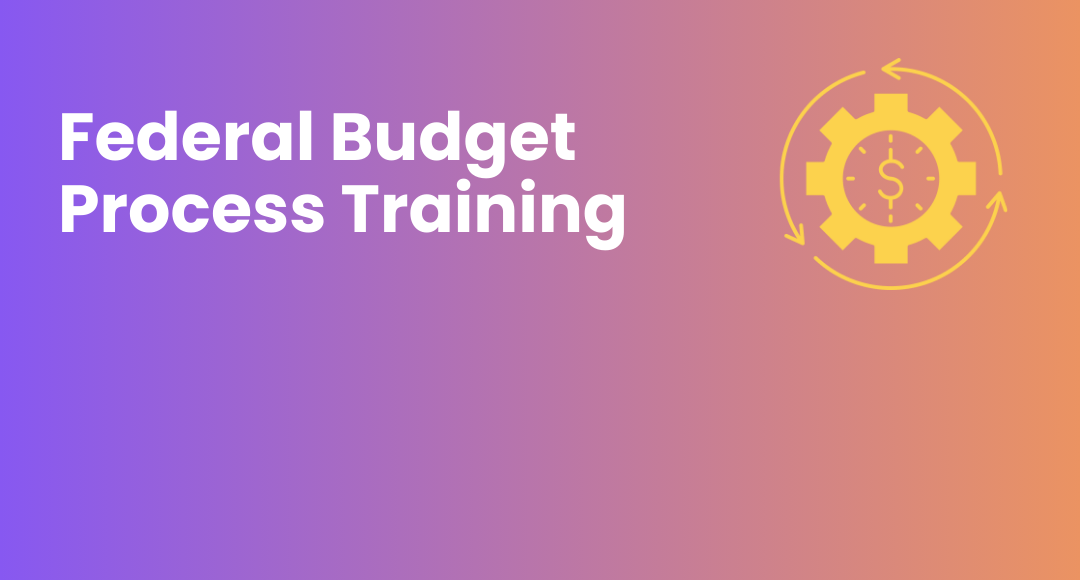WBS Dictionary - A Beginner's Guide
-
 By Nandini
By Nandini - Published on May 19 2023

Table of Contents
- Creating and Maintaining a WBS Dictionary
- Benefits of Using a WBS Dictionary
- WBS Dictionary in Project Management
- Example of a WBS Dictionary
- Checklist for Setting up WBS Dictionary
- When should a WBS Dictionary be used?
- The Ultimate Guide to Estimating a WBS Dictionary
- Types of work breakdown structures
- Methods of Creating Work Breakdown Structure Dictionary
- ERP System: Importance of Choosing the Right Technology for your Business
- How to select the right tool for creating a WBS dictionary?
- Tools used for creating WBS dictionary
- 10 Quick Tips and Techniques to Create a WBS Dictionary
- Conclusion
Creating and Maintaining a WBS Dictionary
A Work Breakdown Structure Dictionary or WBS Dictionary is a tool that one can use to help them organize and manage their work. It is a system that enables you to track the progress of tasks and their dependencies to determine when tasks are completed more efficiently. A WBS dictionary collects all the information related to work items, including their definitions, descriptions, requirements, dependencies, and risks.
Also, you can use this tool to help you create and maintain a work breakdown structure (WBS). A WBS is a hierarchical system that organizes all the tasks and resources required to complete a project.
Benefits of Using a WBS Dictionary
- Reduced Complication
It helps you avoid confusion and wasted time by ensuring that all tasks are completed correctly.
- Identification of Interdependent tasks & Priorities
It allows you to see which tasks depend more easily on other tasks, making it easier to identify potential problems and resolve them.
- Reduced Project delays & failure
It can help prevent project delays by ensuring that all required resources are available at the right time.
- Effective estimation of time & cost
It can help you avoid misunderstandings and errors when creating or modifying work breakdown structures.
- Assistance to track progress and status of work items.
- Enables you to manage resources more effectively.
- Confirms that all work is assigned to the correct WBS.
- Allows you to track the progress of the project efficiently.
WBS Dictionary in Project Management
A WBS dictionary is a database containing information about all the work elements required to complete a project. This information can be used to create a work breakdown structure (WBS) which will help you identify and track the progress of each task.
A WBS dictionary is typically a two-dimensional spreadsheet that lists each project stage's tasks, resources, and dependencies. The table can be sorted in any order and include columns for task name, description, start date, end date, duration, and other relevant information.
The purpose of a Work breakdown dictionary is to help you manage your projects by making sure that all the tasks are assigned to the correct resources and that all the dependencies are appropriately identified. It will help you keep track of your progress and ensure that you complete tasks on time.
Example of a WBS Dictionary
There is a simple process to create and maintain a WBS Dictionary for your Project in Visual Studio/MS Word, Notepad++ or TextEdit on Mac OS.
1) Open Visual Studio/MS Word, Notepad++ or TextEdit on your computer and create a new project.
2) Select the Project type “WBS Dictionary” from the Templates menu.
3) Add a new WBS Dictionary entry for your project by selecting the “New Entry” button from the WBS Dictionary toolbar.
4) Type the following information and click the "OK" button: Name of project, description of the project, and resources used in your project (if any).
A Work Breakdown Structure (WBS) dictionary example includes the following information:
1) The name of the project
2) The location of the project
3) The type of project (i.e. residential, commercial, etc.)
4) The date of the project
5) The start and end dates of the project
6) The number of workers involved in the project
7) The number of materials required for the project
8) The types and quantities of each material required for the project
Checklist for Setting up WBS Dictionary
When setting up your work breakdown dictionary, you will need to make sure that it includes the following items:

1) A list of all the products and services your business offers.
2) The specific descriptions of each product or service.
3) The unit prices for each product or service.
4) The quantities of each product or service you will need to produce.
5) The dates by which you want the products or services to be delivered
When should a WBS Dictionary be used?
A WBS dictionary should be used at every stage of the construction project, beginning with the planning phase. You will need to identify all the materials and components used in the project during this point. You will also need to determine how many pieces each material will yield and when required.
Once the planning phase is complete, use your work breakdown structure dictionary to track the actual materials delivered to each site. This information will help ensure that all materials are provided on time and following your specifications.
Finally, use your WBS dictionary to keep track of the schedule requirements for each stage of the construction project. This information will help ensure that all construction phases are completed on schedule and within budget.
The Ultimate Guide to Estimating a WBS Dictionary
You need to know a few things to estimate the work breakdown structure dictionary.
The first thing you need to do is determine the size of your project. Once you have that detail, you can use the following formula to calculate how many work packages or tasks will be in your WBS:
WBS = Tasks x Duration
Once you have the number of tasks and duration for each work package, you can estimate the WBS dictionary.
To estimate the WBS dictionary, create a list of all the tasks in your project.
Next, divide each task into four categories: preparatory, execution, monitoring/control, and termination.
From there, evaluate how long it will take to complete each task based on its category and complexity.
Finally, add up all the estimates for each category and multiply by 4 to get your total assessment for the WBS dictionary.
A WBS dictionary is a critical tool for any construction project. It estimates the materials, labour and other resources required for a particular construction project.
There are a few tasks you must keep in mind when estimating a Work breakdown dictionary:
1) The size and complexity of the project will affect the size and complexity of the WBS dictionary needed.
2) The type of material, labour, and resource involved in the project will also affect the quantity required in the WBS dictionary.
3) The order in which various materials, labor, and resources are scheduled will also affect the quantity required in the WBS dictionary.
4) Changes or additions to the original plan may necessitate changes to the quantity estimates in the WBS dictionary.
5) The accuracy of the estimates provided by a WBS dictionary will depend on how well it was developed and how accurately it reflects actual quantities and proportions of materials, labor and other resources used during construction projects.
Types of work breakdown structures
There are 3 types of work breakdown structures that can be used in a business:
1) Standard work breakdown structure
This work breakdown structure is mainly used in companies where employees have fixed hours and must complete specific tasks within those fixed hours.
2) Project work breakdown structure
This type of work breakdown structure is most commonly used in companies where employees are assigned specific projects and are allowed to complete them in their own time as long as they meet the deadlines set for the project.
3) Time-and-motion study work breakdown structure
This type of work breakdown structure is most commonly used in companies where employees are randomly assigned different tasks and are monitored to track how much time they spend on each task and how efficient they are at completing it.
Methods with Examples of WBS Dictionary
Task breakdown structures are used when a company has a lot of small tasks that need to be completed. For example, a law firm might have a task structure where each lawyer must complete one specific task.
Project breakdown structures are used when a company has a large project to be completed. For example, Apple might have a project structure where each department is responsible for completing one specific part of the project.
Program breakdown structures are used when a company has multiple projects that need to be completed together. Work Breakdown Structure example: Nike might have a program structure where each division is responsible for completing one specific part of the overall program.
Methods of Creating Work Breakdown Structure Dictionary
A few methods can be used to create a WBS dictionary.
Spreadsheets
The first method is to use a spreadsheet. All you must do is enter the information about each task, task duration, and resource requirements into the spreadsheet.
ERP system
Another method is to use an ERP system such as SAP or Oracle E-Business Suite. This method is more efficient because it allows you to track all the tasks and resources in one place.
Software Program
The last method is to use a software program such as Microsoft Project or Basecamp. This method is easier to use but may not be as accurate because it does not track all the details about each task. Ways of creating a WBS dictionary.
ERP System: Importance of Choosing the Right Technology for your Business
There are many benefits of using an ERP system for your business. An ERP system helps companies manage their operations more efficiently and effectively. It can help reduce costs, improve performance, and make it easier to track financial data.
Here are some of the virtues of using an ERP system:
- Improved Efficiency: An ERP system can help businesses save time and money by automating various processes and making them more efficient. It can deduct the amount of time needed to complete tasks, increasing productivity and decreasing costs.
- Improved Performance: An ERP system can help businesses achieve better performance by providing comprehensive information on all aspects of a company's operations. It can help managers make better decisions and improve overall operational efficiency.
- More Accurate Financial Data: An ERP system can help businesses keep track of their finances more accurately by tracking all financial transactions in a centralized location. It makes it easier to identify trends and make informed decisions about future investments.
- Reduced Costs: By automating various processes, an ERP system can save companies money on costs associated with hiring staff or purchasing equipment. In addition, it can also reduce the time needed to comply with regulations related to financial reporting.
How to select the right tool for creating a WBS dictionary?
Many tools can be used for creating a WBS dictionary. However, the best tool depends on the specific needs of the project.
Some of the critical factors to consider when choosing a Work Breakdown Structure Dictionary include:
- The type of project: If the project is a small one, then a simple word processor like Microsoft Word or LibreOffice would be sufficient. However, if the project is vast and complex, a more comprehensive tool like SolidWorks or Inventor may be required.
- The number of resources: A WBS dictionary should have enough capacity to store all the resources involved in the project. It includes physical and intellectual resources such as drawings, specifications, models, etc.
- The ease of use: A WBS dictionary should be easy to use so that you don't have to spend time learning to use it before starting your project.
- The price: A WBS dictionary should be affordable so that you can afford to purchase it without feeling burdened by its costs.
Many different tools can be used to create a WBS dictionary. The most important thing is to find the right tool that will suit your needs and requirements.
Tools used for creating WBS dictionary
Some of the recognized tools that can be used for this purpose are:
1) Excel
Excel is widely used software for creating and managing business data. It can be used to create a WBS dictionary by organizing all the information related to work packages into separate cells.
2) Google Sheets
Google Sheets is a free online spreadsheet app that can create a WBS dictionary. It allows you to quickly enter information about work packages, resources, and deadlines into columns and rows, which makes it easy to see all the details at one glance.
3) Project Management Software (PMS)
A PMS can create a WBS dictionary by providing resource management, task management, project tracking, and more. Some popular PMSs can be used for this purpose are Microsoft Project or Agile Project Manager (APM).
4) Jira
Jira is an excellent tool for managing projects, and it also has features that make it perfect for creating WBS dictionaries. It has many factors that make it easy to use, and it is also very user-friendly.
The best tools in the industry
1) Microsoft Excel
Excel is a flexible tool that can be used for various purposes, including creating WBS dictionaries.
2) SAP BW
SAP BW is ERP software that can manage projects and tasks, ideal for creating WBS dictionaries.
3) CMMS
CMMS (computer management system) is a comprehensive software solution that includes project management, enterprise resource planning (ERP), and work order management. CMMS can be used to create WBS dictionaries and other related information systems.
10 Quick Tips and Techniques to Create a WBS Dictionary
A WBS dictionary is a tool used to track a project's progress. It helps to ensure that all tasks are completed on time and within budget.
There are a few tasks you must have in mind when creating your WBS dictionary:
1) Make sure that the definitions for each task are specific and concise.
2) Label each task with a unique number to identify it later.
3) Use simple language so that everyone involved in the project can understand it.
4) Include pictures or drawings if necessary to make the task straightforward.
5) Make sure that all deadlines are clearly defined and referenced in the dictionary.
6) Add any notes or comments about the task as needed, but be sure to keep them confidential until after it has been completed.
7) Always use a standard format when entering data into your WBS dictionary so that everyone working on the project can understand it quickly and easily.
8) Keep your WBS dictionary up-to-date as changes occur throughout the project timeline so that everyone remains informed about what needs to be done next.
9) Finally, always have a backup copy of your WBS dictionary if something happens to your original document – you never know!
To get hands-on training on WBS and various other project management tools, visit the course, Certified Associate in Project Management.
Conclusion
A WBS dictionary is a project management tool that helps manage the project by defining, organizing, and recording all of the information needed to describe a product. To create a WBS dictionary, you must know what type of products you will develop. The process of creating a WBS dictionary is not very difficult. It will take time, but it will be worth your efforts because it can help you save time on future projects.
To learn more about such tools and skills required for Project Management visit Sprintzeal. We are an ATO (Accredited Training Organization), and we offer various certification training in diverse fields.
Subscribe to our Newsletters
Popular Programs
CAPM® Certified Associate Project Management
Live Virtual Training
- 4.2 (962 + Ratings)
- 60k + Learners
Trending Posts
Estimate at Completion - Formulae and Calculations
Last updated on Jun 21 2023
Exploring Career Path for Product Owner
Last updated on Apr 9 2025
Amazon Logistics Strategies That Dominate Retail
Last updated on Jan 10 2025
A Brief Guide to Conflict Management Approaches
Last updated on Dec 3 2025
Project Management Knowledge Areas
Last updated on Jun 16 2023
PMP or PMI ACP – which certification should you get?
Last updated on Feb 16 2023
Categories
- Other 69
- Agile Management 45
- Cloud Computing 54
- Project Management 171
- Big Data 65
- Business Management 86
- Digital Marketing 76
- IT Service Management 29
- Programming Language 57
- AI and Machine Learning 73
- IT Security 111
- Quality Management 78
- IT Hardware and Networking 25
- Microsoft Program 4
- Workplace Skill Building 13
- Risk Management 9
- Information Security 8
- Leadership and Management 7
- Corporate Training and Development 1
Trending Now
Issue Log in Project Management - Uses and Importance
ArticleSupply Chain Response And The Factors Involved In It
ArticleBest Agile tools for Project Managers in 2026
ArticlePMI-PMP® Exam Changes Explained in 5 Minutes
ebookProject Initiation Phase - Importance and Roles Involved
ArticleDelphi Technique and Its Role in Project Management
ArticlePMBOK Guide and Project Management Certification Updates 2024
ArticleHow to Use Google Calendar as a Project Management Tool
ebook10 Reasons Why You Should Get PRINCE2 Certification
ArticleCAPM Cheat Sheet 2026
ArticleCAPM Certification Study Guide
ArticleCAPM Certification Exam Preparation Guide 2026
ArticleTop Benefits of CAPM Certifications
ArticleGuide to Advancing Project Management Career with PMP Certification
ArticlePMP Vs PRINCE2 - Which Project Management Certification is Better?
ebookProject Management Interview Questions and Answers for Managers
ArticleProject Management Software to Use in 2026
ebookBest project management certifications in 2026
ArticleProject Feasibility Study in Seven Steps
ArticleCAPM vs PMP – Which Project Management Certification Is Better?
ArticleProject Scope Management Guide 2026
ArticleProject Management Complete Guide 2026
ArticleCAPM Exam – Difficulty, Details and Preparation Tips
ArticleWhat is Project Management?
ArticleIs it worth getting the CAPM certification?
ArticleIs PMP Better than MBA?
ebookWhat is PMI ACP certification?
ArticleIs PMP exam difficult?
ArticleIs PMI ACP worth it?
ArticlePMP or CAPM – which is better?
ArticleWhat is pass percentage for the CAPM exam?
ArticlePMP or PMI ACP – which certification should you get?
ArticlePMP Certification Cost Details
ArticleHow to get PMP certification - Guide 2026
ArticleHow to create an effective project plan
ArticleTop Project Manager Interview Questions and Answers 2026
ArticleGuide to Change Management for Organizational Transformation
ArticleResource Manager Interview Questions and Answers 2026
ArticleTop Project Manager Qualifications and Career Path in 2026
ArticleNetwork Diagram - Types, Topology and Use in Project Management
ArticleProject Management Life Cycle and Its Phases
ArticleGuide to Project Management Processes, Methodologies and Lifecycles
ArticleProcess Capability Analysis Explained
ArticleFinancial Risk and Its Types
ArticleConstruction Project Management - Roles, Stages and Benefits
ArticleRisk Management Strategies in Project Management
ArticleProject Management Principles - 12 Essentials
ArticleProject Management Framework Guide
ArticleStrategic Management Guide 2026
ArticleProject Management Books List - Best of 2026
ArticleProject Documentation and Its Importance
ebookProject Management Tips - Best of 2026
ArticleProject Management Apps Best of 2026
ArticleDigital Project Manager – Skills, Salary, and Scope
ArticleProject Communication Plan – How to Create and Use
ArticleEarned Value Management and Its Significance
ArticlePlanning Poker Estimation Technique
ArticleProject Management vs Product Management
ArticleProject Crashing in Project Management
ArticleProject Controlling and its Importance in Project Management
ArticleProject Report and its Significance in Project Management
ArticleEstimate at Completion - Formulae and Calculations
ArticleProject Cost Management Guide 2026
ArticleProduct Lifecycle Management
ArticleProject Portfolio Management Guide
ArticleProgram Manager vs Project Manager - Comparison of Roles and Careers
ArticleStakeholder Analysis and Stakeholder Management Guide
ArticleProject Management Phases Explained
ArticleProject Management Knowledge Areas
ebookLeadership Theories for Managers
ebookPMP Pass Rate in 2026 - Guide to Clear the PMP Exam
ebookProject Schedule Management Guide for Beginners
ebookProject Integration Management Guide
ArticleProject Risk Management Guide
ArticleProject Resource Management Guide
ArticleProject Quality Management Guide
ArticleProject Procurement Management Guide
ArticleProject Deliverables in Project Management
ebookConflict Resolution in Project Management
ebookPERT vs CPM in Project Management
ebookGantt Charts - The Ultimate Guide
ebookWork Breakdown Structure in Project Management
ebookTop Gantt Chart Makers in 2026
ebookGantt Chart Tools - Best of 2026
ebookHow to create a work breakdown structure
ebookProject Manager Resume Guide – Best Tips and Examples
ebookProduct Management Frameworks - The Ultimate Guide 2026
ebookProduct Planning - A Beginner's Guide
ebookWhat is Product Management? - A Beginner's Guide
ebookGuide to Project Stakeholder Management
ebookPMP® Certification Salary: Job and Salary Scope in 2026
ebookTop Project Engineer Skills
ebookGuide to Technical Project Management
ebookTop 10 project management competencies
ebookNegotiation in Project Management: The Utimate Guide
ebookTime Management in Project Management - Steps to Implement it
ebookTop Program Manager Skills of Successful Program Managers
ebookA Brief Guide to Conflict Management Approaches
ebookWhat is a Risk Management Plan? A Comprehensive Guide
ebookWorkflow Diagram - Steps to Create, Symbols, Types, and Uses
ebookBest Practices to Measure Resource Utilization
ebookWorkload Management: How to Optimize Your Team’s Workload?
ebookWhat is Project Execution? A Comprehensive Guide
ebookProject vs Program Management: Key Differences
ebookKanban Methodology in Project Management – A Complete Guide
ebookHybrid Project Management Guide 2026
ebookProject Characteristics: Key Elements in a Project
ebookThe Ultimate Guide to the Waterfall Methodology in Project Management
ebookProject Budget: Definition, Overview & How to Create One
ebookThe Ultimate Project Kickoff Meeting Guide
ebookProject Timeline: How to Build One, Definitions, and Examples
ebookProject Scope Statement: How to Write One With Example
ebookStatement of Work in Project Management Guide 2026
ebookProject Management in Product Development : Essential Role
ebook10 Best Change Management Tools to Use
ebookMastering Resource Scheduling to Unlock Project Success
ebookProject Risk Analysis: Tools, Templates & Best Practices
ebookHow to Write a Project Summary: Four Easy Steps
ebookTop Leadership Skills: Mastering the Art of Effective Leadership
ebookHow to Write a Project Descriptions: A Step-by-Step Guide
ebookWhat is Project Monitoring? A Comprehensive Guide
ebookWhat Are Project Fundamentals? A Quick Guide
ebookKanban Board: A Detailed Guide to Understanding and Usage
ebook10 Effective Management Styles for Leaders (With Real-Life Examples)
ebookProduct Manager Career Path: What to Expect
ArticleCareer Path for Program Manager - Strategic Navigation for Professional Growth
ebookExploring Career Path for Product Owner
ebookAn Ultimate Guide to Project Coordinator Career Paths
ebookHow to Become an ISO 21502 Lead Project Manager
ArticleWhat are the Basics of ISO 21502 Foundation? A Brief Guide
ebookThe Role and Responsibilities of an ISO 20400 Lead Manager
ArticleEnergy Saving Standards and ISO 50001 Best Practices
ebookComparing Different ISO Certifications for Project and Energy Management
ebookGuide to ISO Certifications for Effective Project and Energy Management
ArticleWhy ISO 50001 is the Perfect Match for Energy Efficiency?
ArticleAI Tools for Project Managers: A Game Changer for Project Success
ArticleAbout Disney’s Project Management: Where Magic Gets Real
ArticleMcDonald's Recipe to Success - A Perfect Project Management Case Study
ArticleToyota’s Project Management: A Road to Greatness and Innovation
ArticleNetflix's Binge-Worthy Project Management
ebookUnder Armour’s Project Management Approach
ArticleWipro Project Management: Core Lessons from Tech Giant
ArticleProject Management at Google: Tools and Success Stories
ArticleCoca-Cola Project Management Strategy and Key Insights
ArticleAI in Project Management: Transforming the Future of Work
ArticleBehind the Scenes: How Apple Executes Projects with Flawless Precision
ArticleTesla's Advanced Project Management: Accelerating the Future
ArticleBeats to Business: Spotify's Project Management to Redefine Music
ArticleTop AI Project Management Software to Elevate Your Workflow
ArticleProject Management Office: Step-by-Step Guide to Start a PMO
ArticleWhat is a Project Management Information System?
ArticleHow Microsoft Balances Innovation and Project Management?
ArticleWhat is Agile Project Management? A Beginners Guide
ArticleIKEA Project Management: What to Learn and Stay Competitive
ArticleHow Did Nike Become a Global Leader?
ArticleIntel's Master Project Management Formula
ArticleSamsung Pioneer in Project Management: The Secret Behind It
ArticleAmazon Logistics Strategies That Dominate Retail
ArticleRemote Project Management Success: Key Strategies and Career Opportunities
ArticleStreamlining Workflows: The Best Digital Tools for Professionals
ArticleUnderstanding the Financial Risks in Sponsorships and How to Avoid Them
Article3 Real Disasters That Teach Critical Project Risk Planning Lessons
ArticleInterview scheduling automation: Streamlining the candidate experience
Article3 Quality Gaps That Can Ruin Your Project Outcomes
ArticleBest 4 Construction Drawing Management Tools to Boost On-Site Efficiency
ArticleEssential Jira Interview Questions for 2026
ArticleProduct Development Cycles That Keep Innovation on Schedule
ArticleSmarter Projects with AI
ArticleLegal Project Management for PMs: A Practical Starter Guide
ArticleProject Manager Job Description: Roles, Responsibilities, and Skills
Article